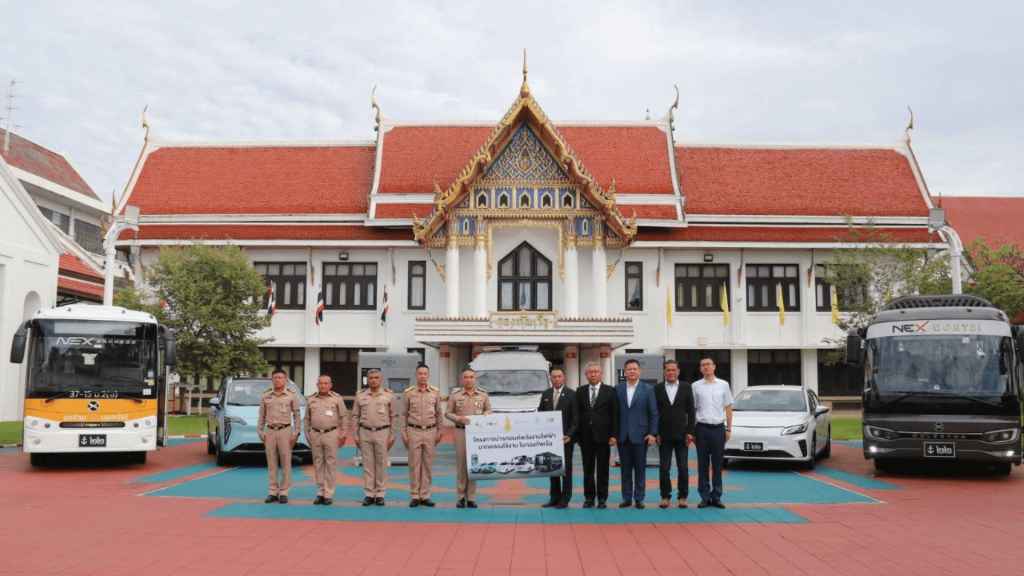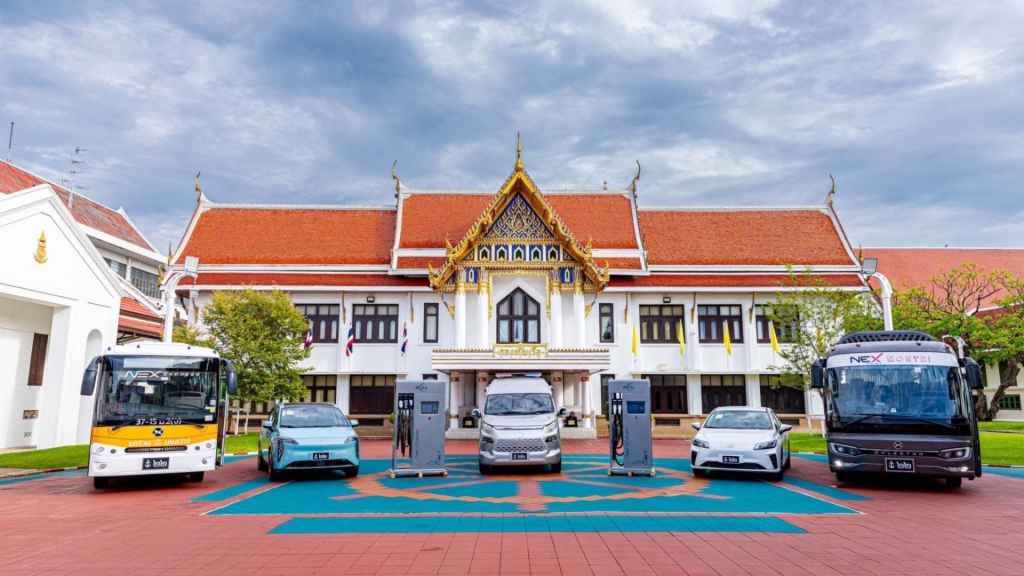Background
The Royal Thai Navy (RTN), in line with its strategic planning and overarching strategy, has embraced various electric vehicles for government operations. The government conducted trials with one vehicle from each type of car, and the test results revealed that electric vehicles are 2.2 times more energy-efficient than gasoline cars. To contribute to reducing air pollution, energy conservation, and budget savings in the nation, the Navy has introduced a variety of electric buses and electric utility vehicles.
Cooperation

Successful implementation of an electric vehicle project requires a dependable charging infrastructure to ensure that vehicles maintain an adequate electricity supply.
After conducting thorough product evaluations and testing, the RTN ultimately chose SCU’s EV charging stations. This decision reflects the outstanding performance and reliability of the SCU EV charger. We are honored to provide the RTN with a safe, efficient, and sustainable EV charging solution, supporting their efforts in sustainable transportation and environmental conservation.
Product
These two EV chargers, with output powers of 30kW and 60kW, respectively, are used to charge five electric utility vehicles/buses.
SCU EV chargers support the OCPP 1.6 J and are equipped with intelligent charging capabilities, allowing them to support the daily charging needs of various electric vehicle models.
Prospect
The RTN’s government departments have, through the adoption of clean energy and efficient charging solutions, contributed not only to the improvement of air quality but also to cost savings in transportation. Using electric vehicles and SCU charging stations will reduce reliance on traditional fuel, lower fuel costs, and decrease carbon emissions, thereby creating significant benefits for both the environment and finances.
The RTN’s choice underscores the exceptional quality of our products and SCU’s position in the clean energy technology sector. We look forward to working together with the RTN to collectively drive the future of clean energy and sustainable transportation.


